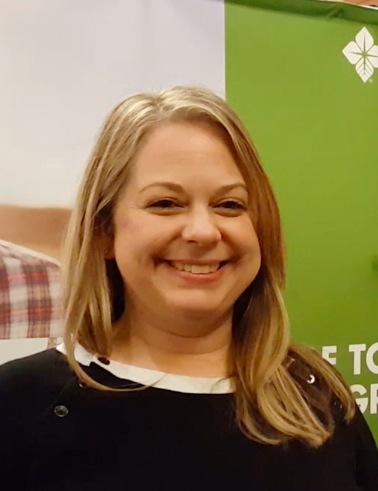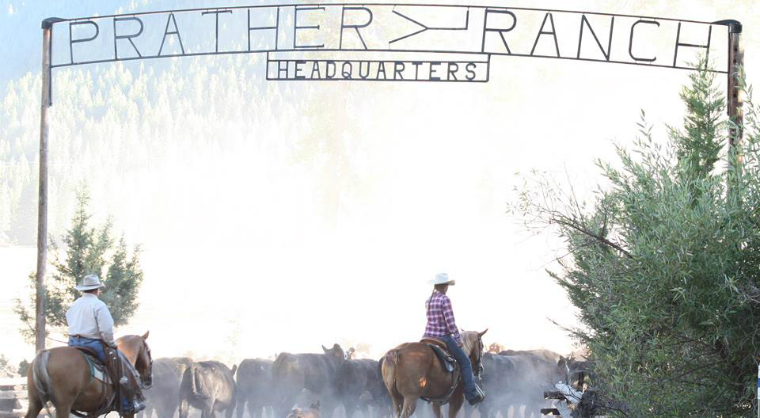Raisin Bargaining Association Negotiations for 2015
Glen Goto: Raisin Bargaining Association Negotiations for 2015
By Charmayne Hefley, Associate Editor
In the midst of the 2015 (RBA) Raisin Bargaining Association negotiations on behalf of its members, the RBA has reached a price agreement with one processor among 13 thus far, according to CEO Glen Goto. “It is a negotiation, so we don’t know where it will end up,” Goto said. “We also don’t know when it will end up, but we’re trying to do it as quickly as possible.”
Goto said California accounts for 30 to 35 percent of the world raisin supply. This year, Turkey, California’s largest competitor, which typically produces about the same amount, is experiencing a decreased supply due to a devastating April frost. “We are a world commodity,” Goto said. “The United States and Turkey, together, produce most of the dried grapes in the world, so we do look at Turkey as a competitor. Nevertheless, in certain markets, we may want to work together with Turkey. We are very structured with regard to our export destinations, and Europe is one of our big markets. Turkey is also very big in Europe, so our export success there varies by year and by supply situation.”
Goto is optimistic about the raisin industry despite its challenges and the loss of acreage as growers convert their vineyards to almonds, other nuts, citrus and other tree fruit crops. He explained, “Growers are doing their due diligence to determine the best economic scenario for their operations. And given other good, profitable commodities in the marketplace, more power to growers if they have the ability to convert their acreage to them.”



















